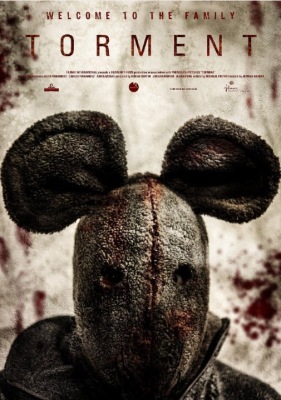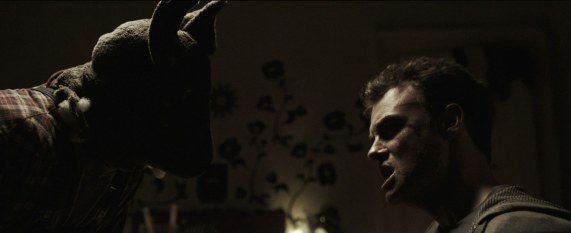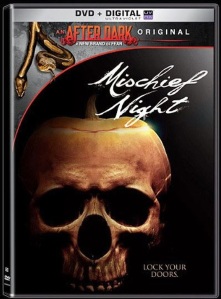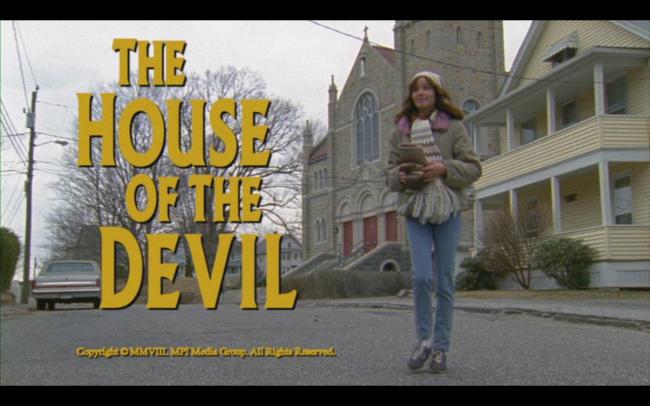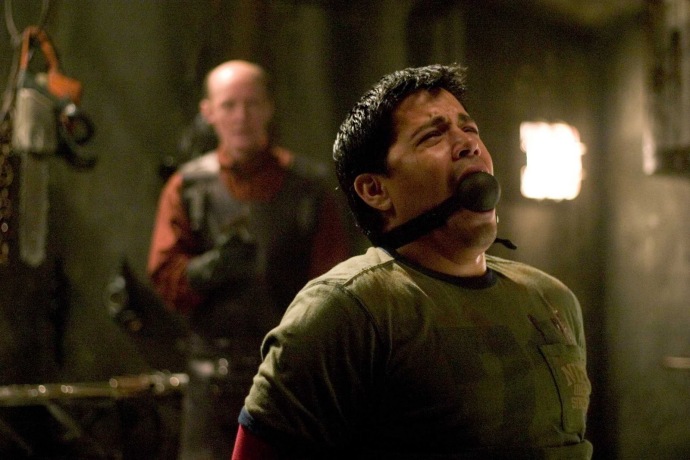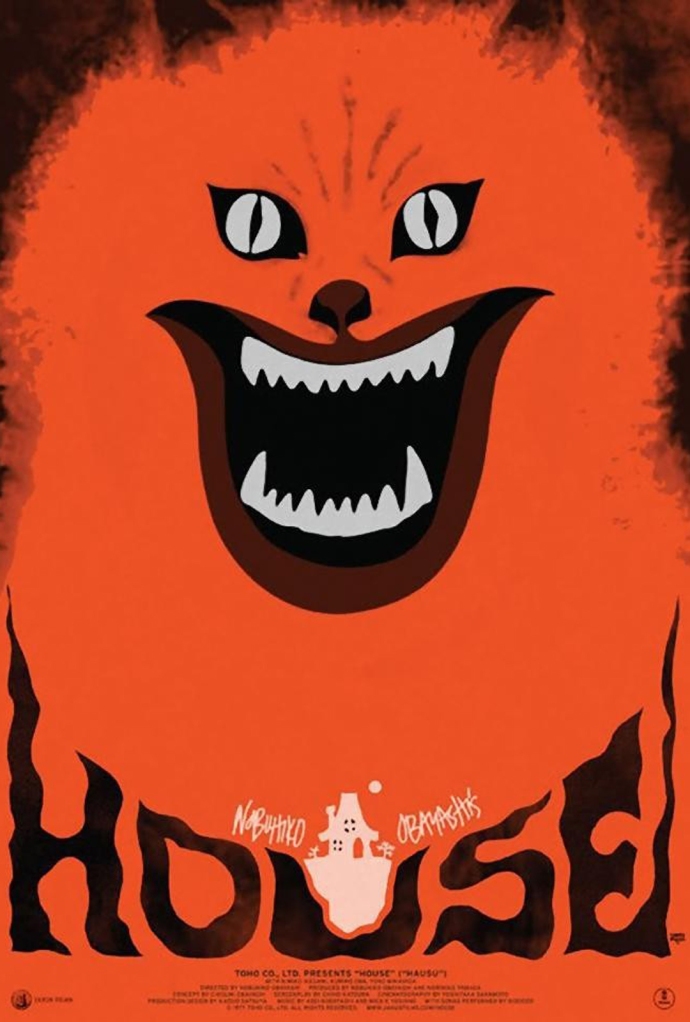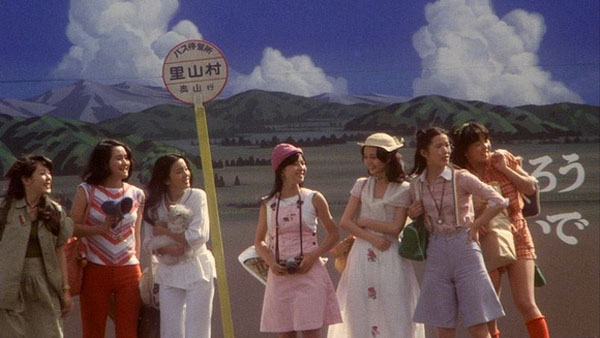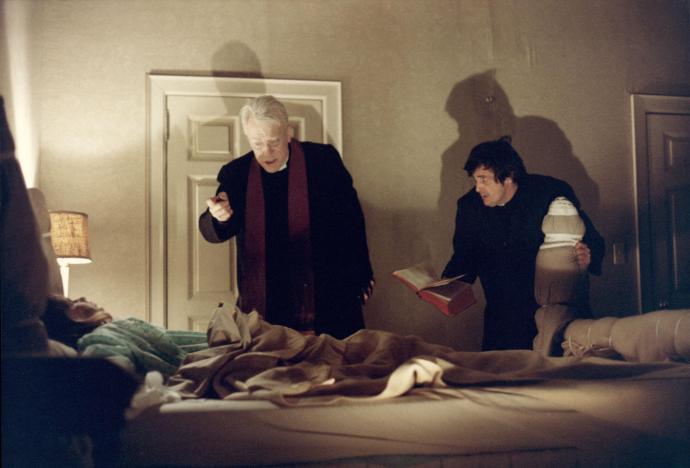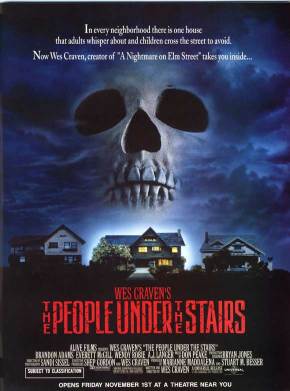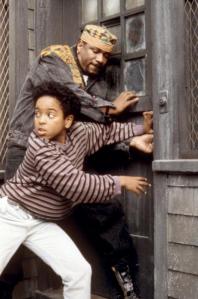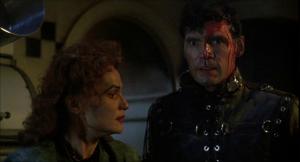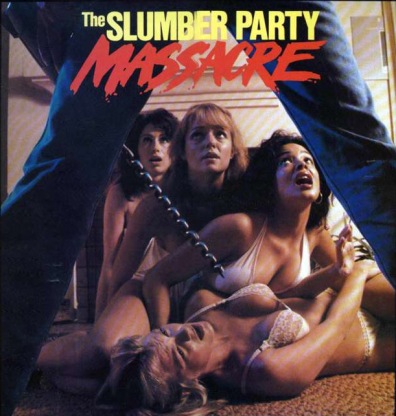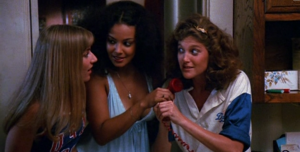Two similar films this week, so I’m tossing them into one post here. First off is I Spit On Your Grave (the gritty original), then Jennifer’s Body. Both films deal with female leads and feminine issues (in a way), and both fit closely with sex in horror. Both might be seen as feminist in a certain way.
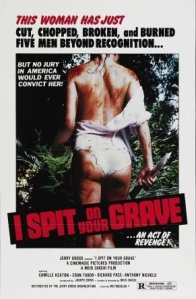
I Spit on Your Grave might be the first, or at least the first well known, female revenge picture. Carol Clover spends much of her Men, Women, and Chainsaws discussing the film and the aspect of female heroism. After being attacked, raped, and left for dead, a writer, staying at a cabin in the woods to write her book, gets revenge on the men who meant to kill her. The original film is a bit of a mess in terms of tone, there’s an underlying slapstick in a few parts reminiscent of Last House on the Left (from Craven). The hero in this film is the woman, and never, I would argue, do we, as an audience, sympathize with her male tormentors. This is key, as the men who attack her think she is dead when they dump her body. She is, in fact, very much alive, and she enacts revenge on these criminals in the worst ways possible, especially in attacking their most treasured body parts, so o speak. She is the one who triumphs in the end, taking out a greater physical force through cunning and subterfuge. I remember seeing this box in the small video store next to our house growing up, the scene of Jennifer’s celebratory escape at the end, at the boats helm, a mad look on her face, after dispatching the goons was one that stuck in my head for years. The movie was banned for years in the UK as one of the list of video nasties, and groups have attacked the film for as long a period of time as being masochistic and misogynistic at the same time. The film is, in all manners, a decidedly feminist film, an attack on the violence that men are often associated with, and often for good reason. The attack in the film is fictional, but one can easily see how this sort of event has surely taken place in various parts of the world, time and time again, often ignored as part of the culture, but this film takes that violence head on, and turns the original attacks upside down- when Jennifer attacks the men who hurt her, she uses their taunts against them, sexualizes the attacks on them, and takes her own scars and puts them onto the men.
Clover, in Chainsaws, notes that men who are dispatched in horror films are often taken out off camera, or if they are killed on camera, their deaths are quick and very often painless (51), as if abject terror on the part of men as victims doesn’t exist. In I Spit on Your Grave, that abject terror from a male being killed off is seen, and the camera lingers on these deaths in order to show the double standard between the sexes. Despite being attacked from every corner, the film truly is feminist in spirit, taking the very tropes found in so many horror movies, especially the sexually double standard themes and showing them for what they are. These men die horrible, painful, drawn out deaths that we would expect to see in the deaths of female characters, and that’s the point of the movie.
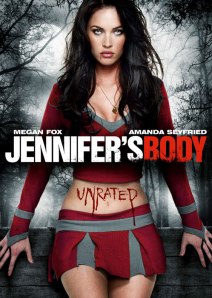
Jennifer’s Body, starring the glass eyed, wooden acting of Megan Fox (she’s supposedly hot, so she keeps getting roles, we get it already), is yet another feminist take on the horror genre, partly because it was written by stripper turned screenwriter (how many times do we need that shoved down our throats?) Diablo Cody. The characters are stereotypes and mostly flat…the main character is called Needy throughout the film, and Fox exists as a female succubus throughout, even before her ritual near-sacrifice and transformation into a demonic monster with a body that can’t be easily destroyed, killing her way around the various members of the high school for what reason, only Cody knows.
There are issues of sex and gender here. Needy is the less slutty of the two, and it turns out that Jennifer, whose entire persona screams what we traditionally would consider “slutty,” is the one who is mistaken for a virgin, ready for a ritual sacrifice because of her chastity. Jennifer wants to be more like Needy, whose beauty is less starkly defined, who is seen by most in the movie as a nerdy type. People wonder how these two are even friends being so different, but deep down, are they so wildly different? Martin Fradley, in discussing “postfeminism” in Hollywood cinema denotes the dichotomy here, especially in that Fox, after her stint in Transformers, was suddenly seen as a sex symbol, while Seyfried is generally seen as a chaste, more pure version of the Hollywood female. Cody plays on that with the plot, and no doubt the rumors of Fox being nude in the film drove some young men to the theatres for a glimpse. She comes close, but there’s not a second of Fox nudity to be found here, and that plays on what we expect to see from a horror film as well as Fox herself, as she has been tagged a sexual icon by so many.
Jennifer’s Body isn’t a terrible movie, but I guess my dislike of Juno plays into this. My general distaste for most of Cody’s dialogue is present too. Like Kevin Williamson’s Dawson Creek teeny boppers, no one in high school actually talks like this. In her supposedly witty one lingers and slang, she seems to be trying way too hard, and because of that, much of what could be likeable or even partially effective falls flat. A feminist film, I can get behind that idea, but a good feminist film, perhaps not.
